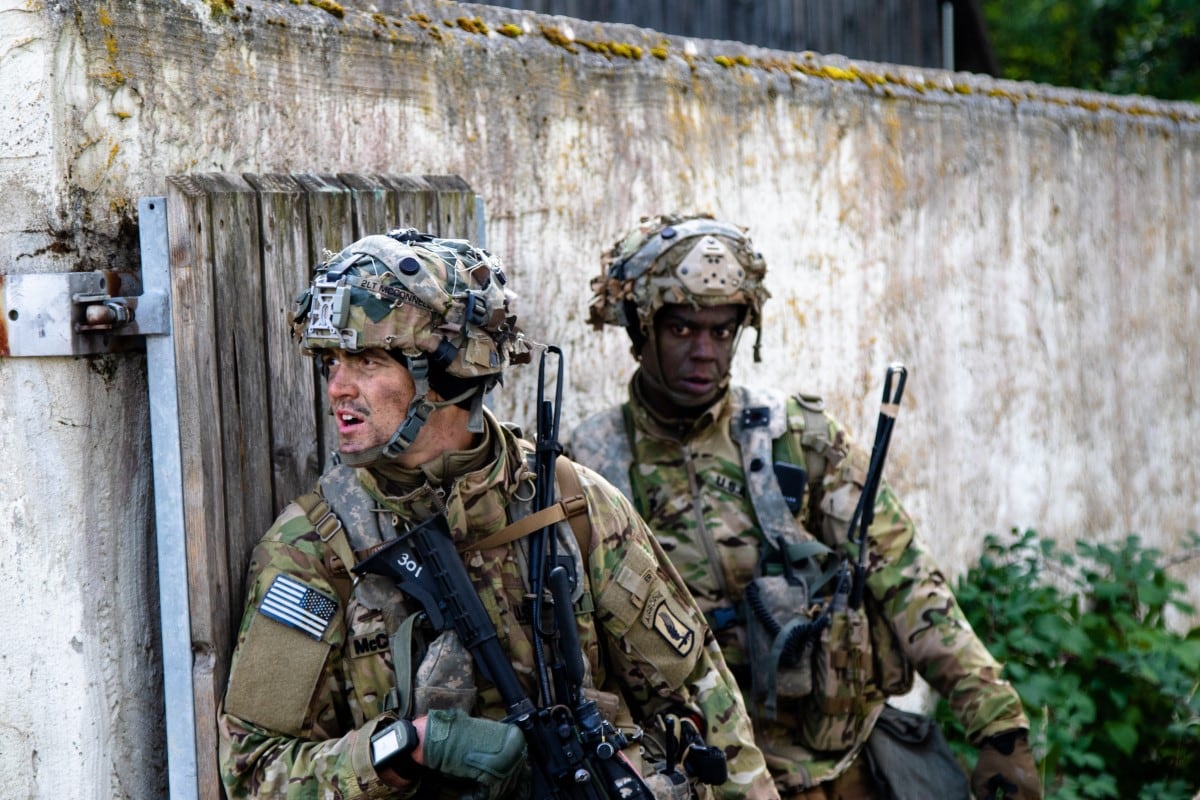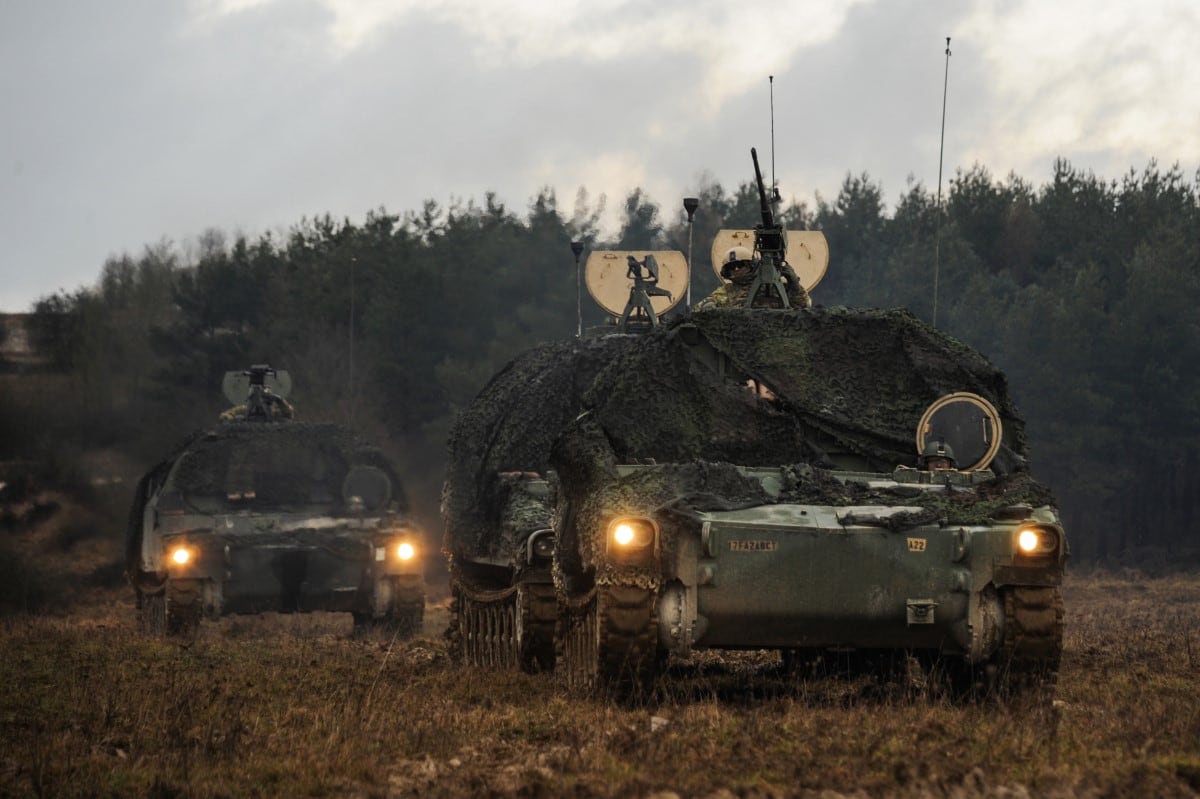Update: This story has been updated to reflect Lt. Gen. Eric Wesley’s correct title.
WASHINGTON — The Army is preparing to make what it deems as necessary, and major, organizational changes to its force structure within the next five years, according to the Futures and Concepts Center director.
“There is going to be a fundamental change in the organizational structure to fight the way we are describing,” Lt. Gen. Eric Wesley told an audience at the Center for a New American Security in Washington on March 4.
“The Army has relied on counterinsurgency operations over the past 15 years that depended greatly on the Brigade Combat Team. But now, with a new focus on large-scale ground combat operations anticipated in the future operating environment, “that will require echelons above brigade, all of which will solve unique and distinct problems that a given BCT can’t solve by itself,” Wesley said.
RELATED

A new organizational structure is necessary, according to Wesley, to align better with the service’s new warfighting doctrine under development — Multidomain Operations or MDO.
The Army rolled out the first iteration of its new doctrine over a year ago and debuted a revised version — MDO 1.5 — shortly after the Association of the U.S. Army’s annual convention in Washington last fall.
The new doctrine addresses how the service plans to operate in the future against adversaries that have learned to engage in provocative behavior in a gray zone that doesn’t quite classify as conflict, and who have gone to school on U.S. capabilities, developing equipment and operating concepts that threaten the U.S.’s long-standing capability overmatch.
The Army is now focused on ensuring that its capabilities match its new doctrine, standing up a new four-star command in Austin, Texas — Army Futures Command — to accomplish such a goal and syncing its other major commands together to focus on six top modernization priorities.
RELATED

Wesley noted that the organizational realignment needed would “probably be even a bigger problem than the materiel requirements" to create a force designed for multidomain operations.
“You will see us seek to build out echelons above brigade — the Division, the Corps, even potentially a field Army — to get into theater that can manage these theater problems that otherwise wouldn’t be achieved,” he added.
The Army will likely have to make trades across the active and reserve forces, Wesley said, “so we have the ability to have a force posture that can rapidly transition if necessary.”
But with all of these other dramatic changes, it’s inevitable that the force structure change with it, according to Wesley, and that is going to have to happen sooner rather than later, he stressed.
The Army has to “dive in” and start putting plans in place in the next five-year budgeting cycle “because if you want to achieve what the secretary and the chief has said, to be an MDO capable force by 2028, you have to start doing some of these organizational changes early,” Wesley told a group of reporters following the event at CNAS.
And organizational changes need to align with the service’s plans to field first units with newly modernized equipment and in some cases, units are slated to receive this equipment in very short order, according to Wesley.
“You need some place for that stuff to land,” he said. “When you talk about long-range precision fires, for example, having an appropriate theater fires command. When you talk about air-and-missile defense and first unit equipped, what kind of force structure do we have to enable that? And it can’t just be at the brigade level … It has to transcend echelons.”
Wesley said while he couldn’t discuss specifics yet, he believed evidence of major organizational changes will likely be seen toward the end of the next five-year budget period.
The three-star also said he believed the Army would need to increase the level of units stationed abroad.
“The National Defense Strategy talks about the contact and blunt forces,” Wesley said. “Contact are those that are in theater all the time — either rotational or permanent — and blunt [forces] are those that can rapidly move into theater as necessary.”
Getting the right mix between contact and blunt forces will be necessary, Wesley said.
"You have to have contact forces. What we are working on is how to optimize what that balance is. You have to have headquarters and fires commands and that can be a deterrent effect immediately.”
Over the next few years, the Army plans to war-game the right mix, but “regardless, I think you are going to find that at some point there will have to be a debate on the degree to which we have forward presence, potentially increased, in the future,” Wesley said.
Jen Judson is an award-winning journalist covering land warfare for Defense News. She has also worked for Politico and Inside Defense. She holds a Master of Science degree in journalism from Boston University and a Bachelor of Arts degree from Kenyon College.








